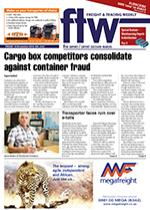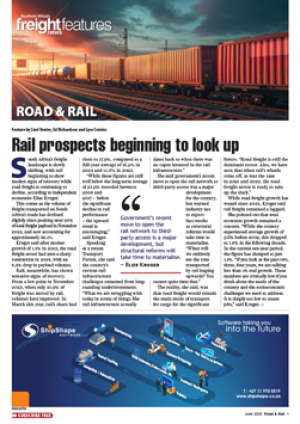Over the past decade (2007- 2017), South Africa has seen the completion of a total of 14.5 million sqm of industrial and warehousing developments, with the Gauteng province accounting for 41% of these.
This according to a report – ‘Trade Trends: the impact of trade imports on logistics and warehousing’ – released this month by financial and professional services company, JLL. Gauteng (41%, the Western Cape (26%) and KwaZulu Natal (19%) made up the top three provinces in terms of shares in new developments.
“However, previously under-serviced provinces are seeing a greater number of completions on an annual basis, most notably the coastal province of the Eastern Cape where the Coega Special Economic Zone is developing,” said report co-author and head researcher for JLL sub-Saharan Africa, Zandile Makhoba.
She said that this had been driven by a rise in imported goods, pointing out that as manufacturing output was increasingly playing a declining role in the economic make up of South Africa, imports had come to play a greater role, accounting for 30% of gross domestic product (GDP) from 2008 to 2017, up from 24% from 1996 to 2007.
“The inflow of imported goods has contributed to the increased demand for storage, logistics and warehousing services in South Africa,” Makhoba said. This increased import activity had put pressure on South Africa’s infrastructure with ports and airfreight terminals often reported to be operating at full capacity, she added.
“Increased import trade activity has brought with it increased truck utilisation and the growing use of national road networks, as well as the sprouting of accommodation across the country. This has had a significant impact on the specifications of light industrial developments of late,” she commented.
She is however quick to dispel the notion that this could lead to an oversupply of warehousing and storage facilities, highlighting that while developments in the industrial sector are likely to continue to be dominated by vast, light industrial warehouses, the majority of developments have been non-speculative in nature.
“There is therefore no real threat of a sharp oversupply in the market,” said Makhoba.
The inflow of imported goods has contributed to the increased demand for storage, logistics and warehousing services in South Africa. – Zandile Makhoba 41% Gauteng's share of new warehousing and industrial developments over the past decade.

